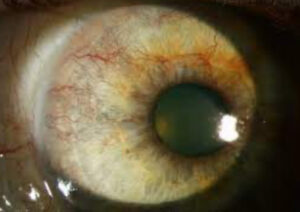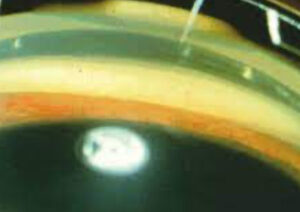Neovascular Glaucoma
It is a secondary glaucoma characterized by the presence of fibrovascular tissue in the angle of the anterior chamber of the eye. The main cause is retinal ischemia. Most of the time, the course of the disease is quite aggressive, drug therapy is not enough to control intraocular pressure, and patients have to undergo surgery. Although the interventions regulate intraocular pressure, the prognosis for vision is not good.
What are the main causes?
- Retinal ischemia due to diabetic retinopathy, occlusion of the central retinal vein, occlusion of the central retinal artery, etc.
- Radiation therapy of the eye
- Intraocular tumors
- Some inflammatory diseases of the eye
- Surgical operations on the eye
- Systemic vascular diseases


What are the symptoms?
Neovascular glaucoma can cause both the typical symptoms of glaucoma and additional symptoms related to the underlying condition. These symptoms may include:
- Blurred vision
- Intense eye pain
- Redness and swelling of the eye
- Halos around lights
- Headache
- Gradual loss of peripheral vision.
What is the clinical course of the disease?
Usually in the early stages we see the development of neoplastic, pathological vessels in the iris. The identification of these pathological vessels is done by examination in the slit lamp or even by fluorescein angiography of the iris. Fluoroangiography involves injecting fluorescein into the vein and taking pictures showing the leakage of fluorescein from the abnormal vessels. Then these vessels also develop in the angle of the anterior chamber which at this stage remains open but the intraocular pressure is usually increased. In the final stages, the neoplastic vessels and the fibrovascular membrane covering them lead to the closure of the angle of the anterior chamber which is usually accompanied by a significant increase in the intraocular pressure.
What is the treatment?
Of primary importance in the treatment of neovascular glaucoma is the treatment of retinal ischemia, i.e. the cause of the problem. Treatment of ischemia is carried out by ophthalmologists with expertise in retinal diseases and includes laser photocoagulation of the peripheral retina as well as intravitreal injections with anti-angiogenic agents (anti-VEGF).
For the treatment of increased intraocular pressure, anti-glaucoma eye drops are administered.
In most cases, the eye drops are not sufficient to control the pressure, so we proceed with glaucoma surgery. When the eye has good vision, we prefer the iimplantation of an aqueous drainage device (link) as the classic operation, the trabeculectomy (link) seems to have reduced success rates in neovascular glaucoma. When vision is severely reduced, we can perform laser treatment on the ciliary body (cyclodiode of the ciliary body – link) in order to reduce the production of aqueous fluid inside the eye and thus the pressure.
It is important that people with neovascular glaucoma have regular eye exams and follow the treatment plan prescribed by the eye doctor. Consult us immediately as early intervention and proper management can help control the disease and preserve vision to the maximum extent possible.

 English
English
 Ελληνικά
Ελληνικά 